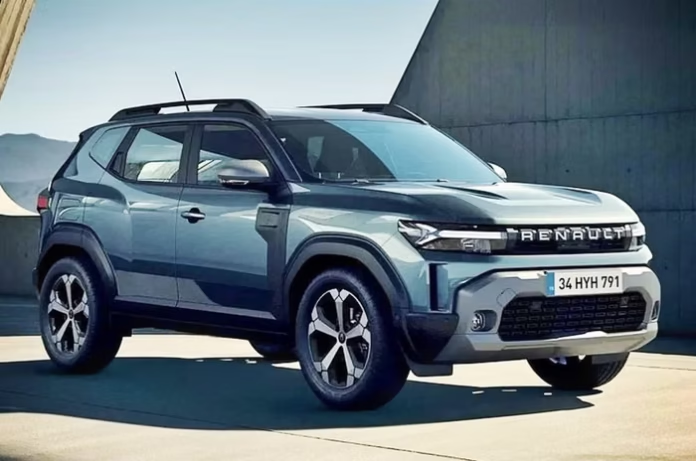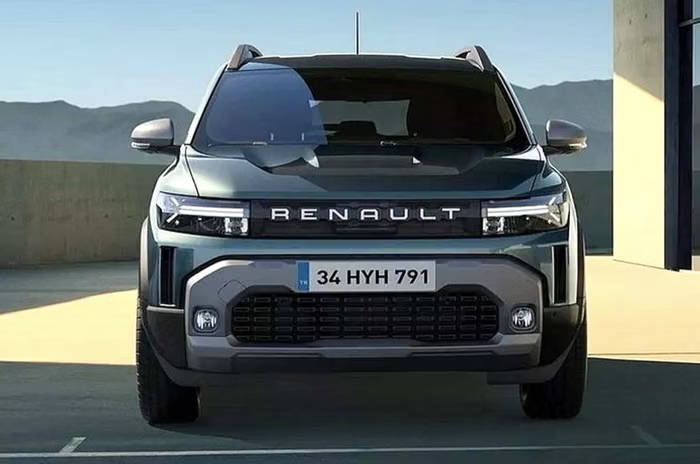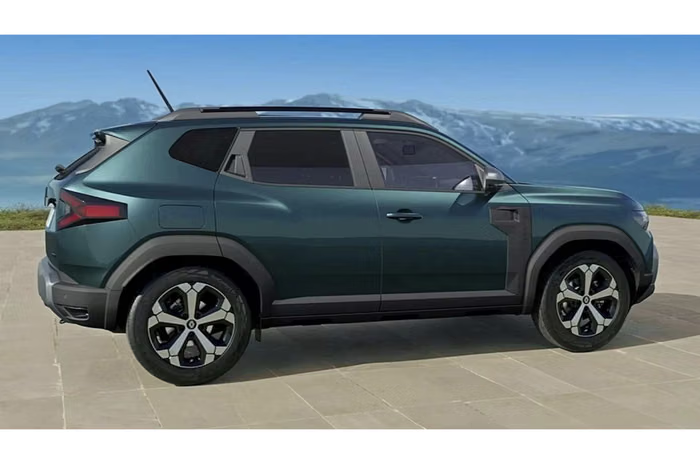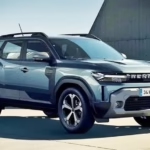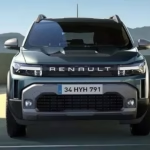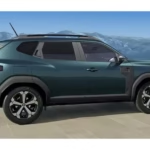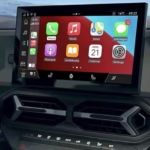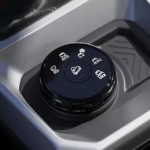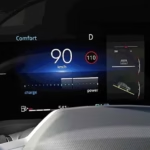Renault has officially unveiled the brand-new Duster SUV, which made its debut last year as a Dacia. The Renault version features some subtle styling adjustments that are evident in the official images released.
Firstly, the front grille now showcases Renault lettering instead of the traditional logo, mirroring the Dacia version. Across the SUV, all Dacia logos have been swapped out for Renault branding. Inside, the upholstery has also seen minor updates.
The latest Renault Duster is built on the CMF-B platform and retains its robust aesthetic. Measuring 4.34 meters, it’s slightly longer than the previous model while presenting a more aggressive stance. A seven-seater version will also be available, inspired by the Dacia Bigster concept, though this will launch at a later date. The Duster’s wheelbase is 2,657mm, a tad shorter than its predecessor.
Similar to the Dacia, the Renault Duster is equipped with sleek Y-shaped LED Daytime Running Lights, vertical air vents in the bumper complete with circular fog lights, and an expansive lower grille that resembles a flattened bull bar. The 18-inch alloy wheels sport a simpler design, along with rear Y-shaped tail lights and a bumper design akin to that of the Dacia Duster.
The double-layer dashboard remains unchanged, but the Renault version features distinct finishes and upholstery. The center console is slightly angled toward the driver, and higher trim levels will offer two digital displays—a 7.0-inch screen dedicated to driver information and a 10.1-inch touchscreen for infotainment. Although the screen sizes are consistent with the Dacia, both models offer unique fonts and color themes for their menus.
Common features between the two Duster variants include wireless charging, seamless wireless connectivity for Android Auto and Apple CarPlay, automatic climate control, and an Arkamys 3D sound system with six speakers. Additionally, the SUV is equipped with advanced driver assistance systems (ADAS), which encompass automatic emergency braking, detection for vehicles, pedestrians, cyclists, and motorcycles, traffic sign recognition with speed alerts, a rear parking assistant, lane change warning and assist, and much more.
While specific engine options for the Duster haven’t been announced, it’s anticipated to mirror the engine choices of the Dacia version, which includes two electrified options. One option is a 1.6-liter four-cylinder petrol-hybrid pairing two electric motors with an automatic transmission, plus a 1.2kWh battery that enables up to 80% electric-only driving in urban settings.
Another engine choice includes a 130hp, 1.2-liter three-cylinder turbo-petrol, featuring a 48V starter motor. Some markets will also see a 1.0-liter petrol-LPG variant, though there are currently no diesel options available.
The Duster boasts versatile terrain modes, including Auto, Snow, Mud/Sand, Off-road, and Eco. With a ground clearance of 217mm, the SUV provides an approach angle of 31 degrees and a departure angle of 36 degrees.
The upcoming model will compete with the Hyundai Creta, Kia Seltos, Volkswagen Taigun, Skoda Kushaq, Maruti Suzuki Grand Vitara, and Toyota Urban Cruiser Hyryder. Additionally, a Nissan version of the five- and seven-seater midsize SUVs is expected to launch later on. With an investment of around Rs 4,000 crore from the Renault-Nissan group, the new Duster is set to return in the latter half of 2025.


